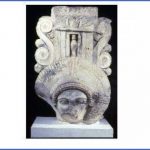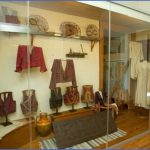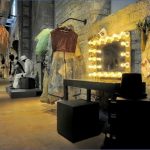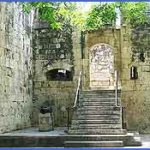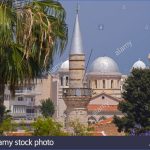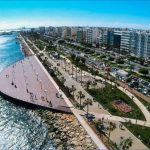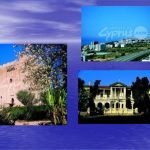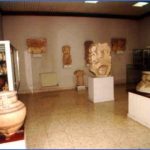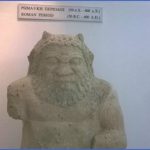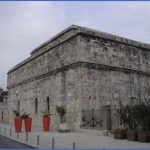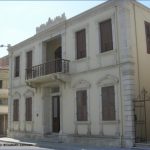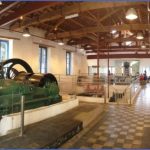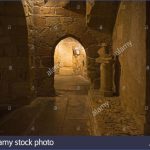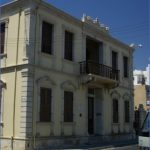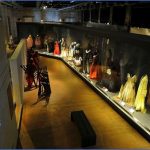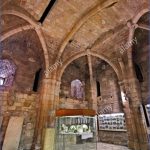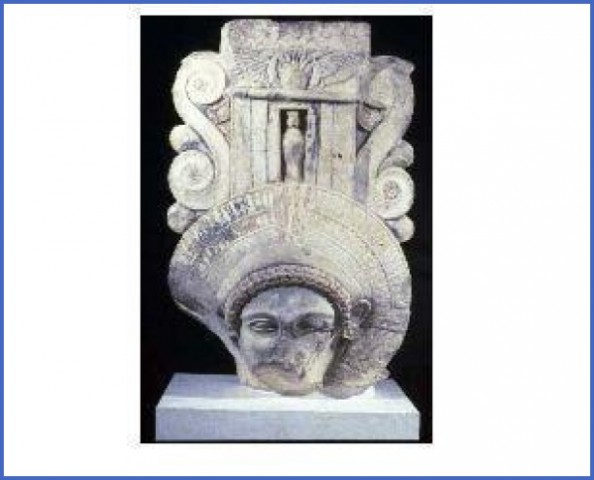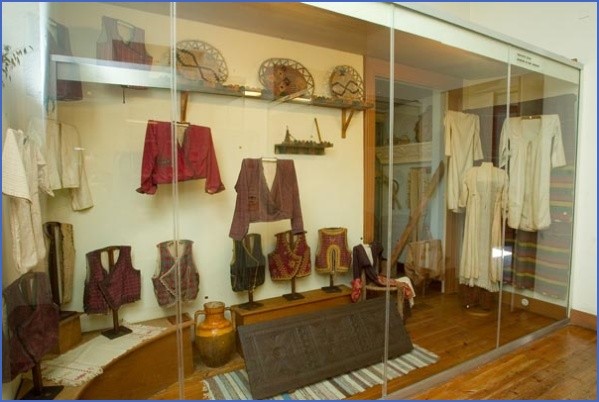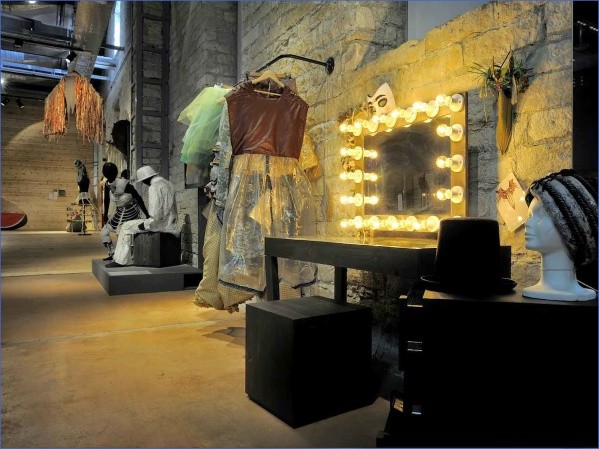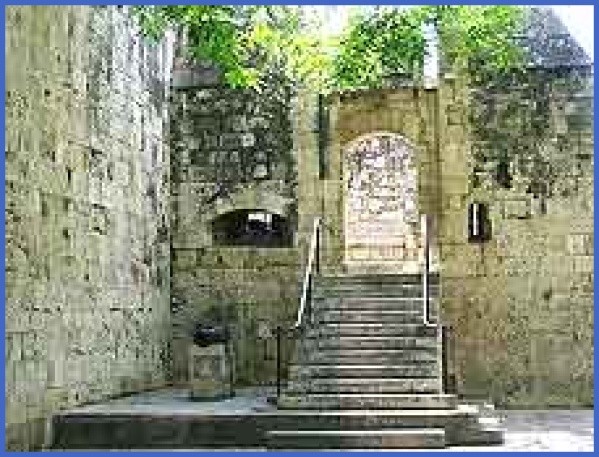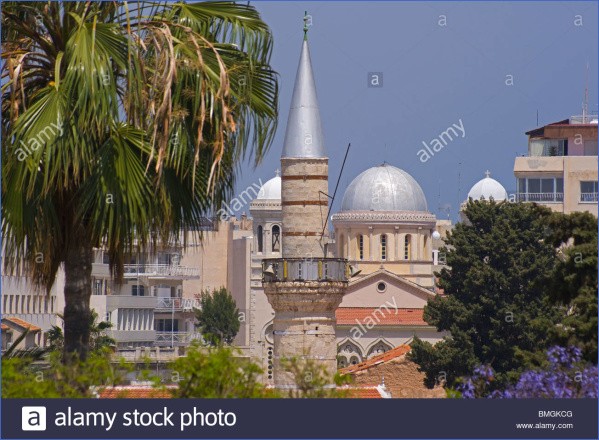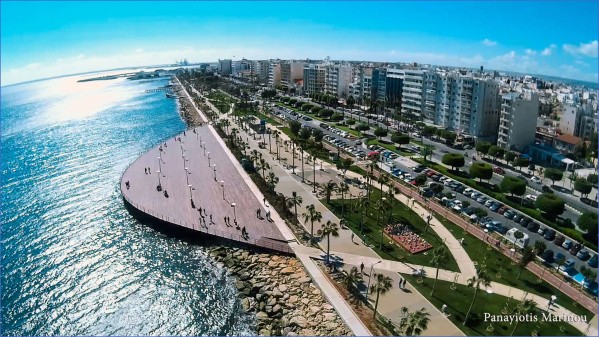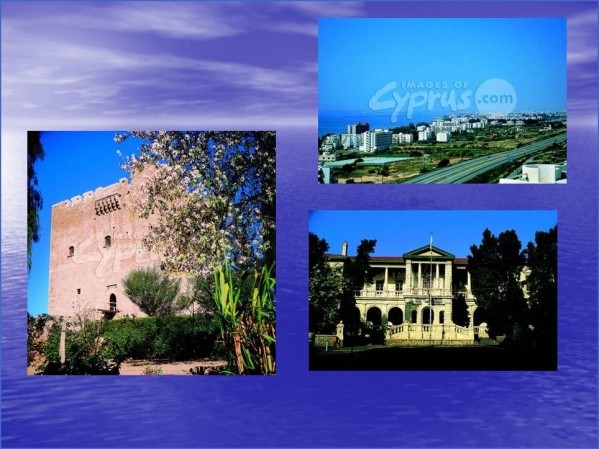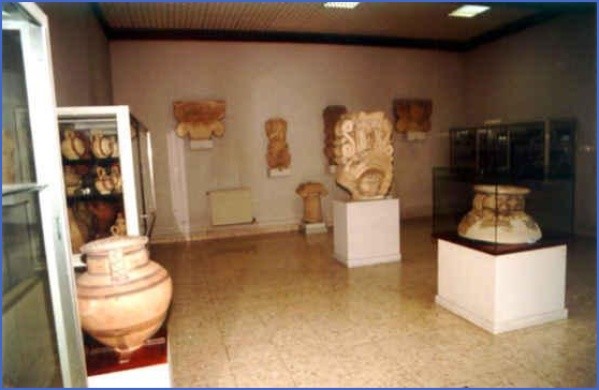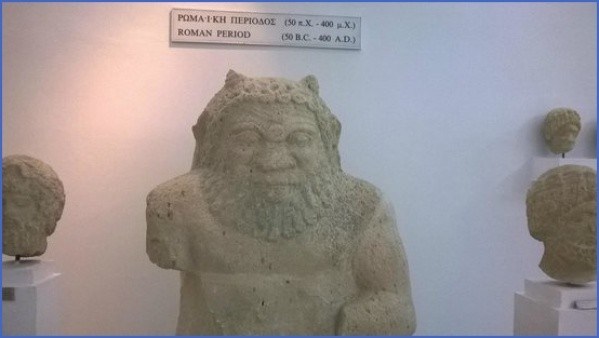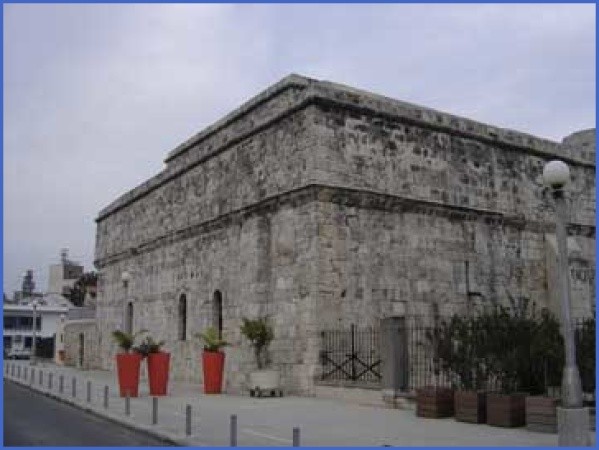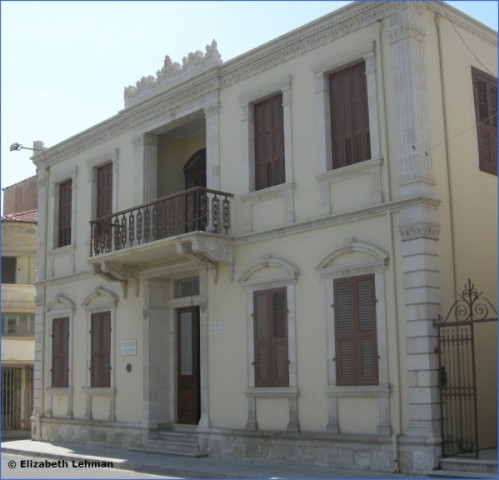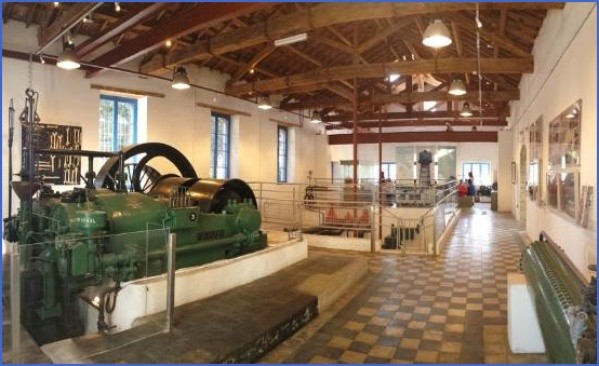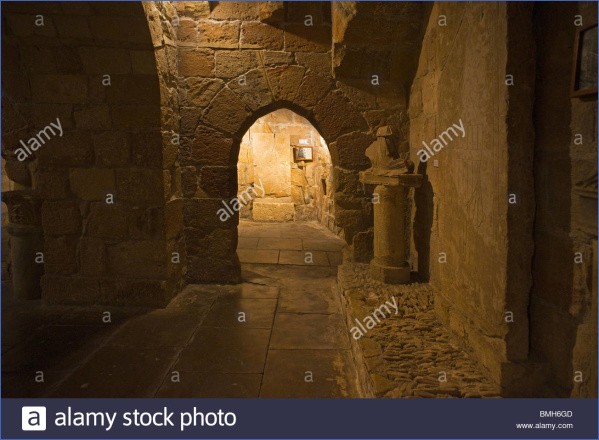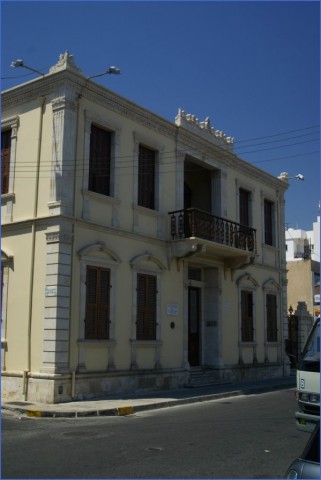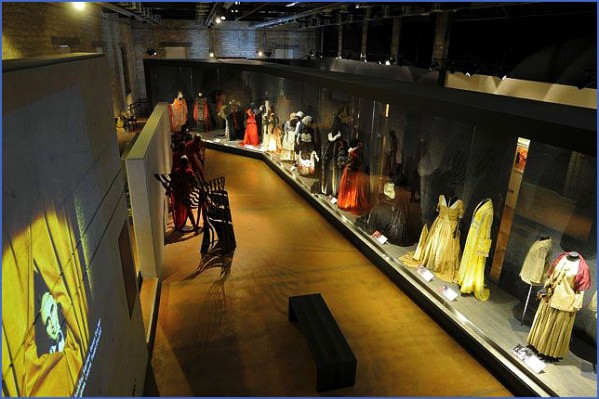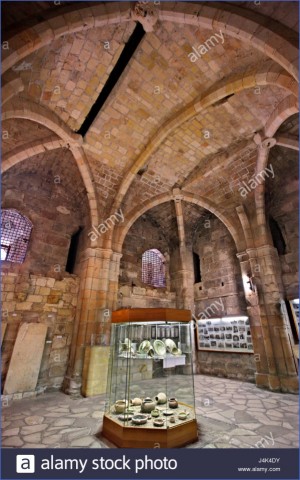The Archaeological Museum of Limassol houses a rich and notable collection of antiquities, covering all the significant periods of Cypriot history. Simplicity and practicality are the main characteristics of the Archaeological Museum of Limassol. The exhibits are housed in three relatively spacious rooms and are divided into three main categories. One room primarily contains pottery of significant historical periods, the middle room houses an exhibition of coins, jewellery, lamps and a variety of copper tools and wares, while the third hosts sculptures, tombstones, capitals, inscriptions, a sarcophagus, as well as other marble and local limestone objects and artifacts.
Museums of the Lemesos Limassol Photo Gallery
Red-polished vase from Polemidia (2000-1850 B.C) (Photo, courtesy of the Dept. of Antiquities)
The Neolithic and Chalcolithic Periods are represented by axes, shells, a variety of tools and pottery, figurines and ceramic artifacts. The Bronze Age is characterised by a large number of pottery. It was during this period that ceramics were introduced to the everyday life of the island. Copper, this extremely useful ore, in addition to radically transforming the agricultural activity of the island, was sometimes shaped into necessary and practical tools and utensils and, at other times exported, constituting a source of wealth for the island. Of equal interest in the museum are the exhibits of Cypriot geometric pottery, as well as those belonging to the Cypro-archaic, Hellenistic and Greco-Roman periods, placed next to imported pottery, testimony to the trade relations between Cyprus and neighbouring countries, particularly Greece. The visitor’s attention is transfixed by the miniscule lamps of the Hellenistic , Greco-Roman and Proto-Christian years, as well as by the clay figurines, masks and bullshaped artifacts of other historical periods. The same room houses seals and scarabs from the Late Bronze Age and the Archaic Period. The pieces of jewellery, most commonly discovered in graves, date from the Middle Bronze Age to Roman years. Equally interesting are the glass, steatite and ivory artifacts.
From the Folk Art Museum of Limassol
The Folk Art Museum. In Agiou Andreou street and close to the Municipal Library, stands, since 1985, the Folk Art Museum, housed in a neoclassical building, recently restored. Over 500 exhibits, ranging from the 19th to the 20th century, are housed in six rooms, each one representing a special subject. In Room A are exhibited rural costumes, overcoats and waistcoats of both men and women. In Room B the visitor can learn all about the loom. Women prepared by themselves the raw material they needed, like cotton, silk, wool and flax. The most important items of the room, however, are the numerous objects needed for weaving and spinning. In Room C rural costumes and trimmings are exhibited. One’s attention is captured by a peasant woman sitting and grinding with a stone hand-mill. In Room D are exhibited samples of Cypriot handicraft, trousseaus, embroideries and types of jewellery. In Room E the visitor can see all details concerning the bedroom, like the traditional wooden carved bed with the white decorated sheets, the wedding crowns, the walnut carved cupboard inside which there are pillow cases, etc. In Room F the visitor sees the interior of a village house where the kitchen was the main room. As usual, on the walls arched recesses hosted plates, bottles of olive-oil, etc. Inside the room there are various farming tools, household utensils, etc.
Maybe You Like Them Too
- Top 10 Islands You Can Buy
- Top 10 Underrated Asian Cities 2023
- Top 10 Reasons Upsizing Will Be a Huge Travel Trend
- Top 10 Scuba Diving Destinations
- World’s 10 Best Places To Visit

